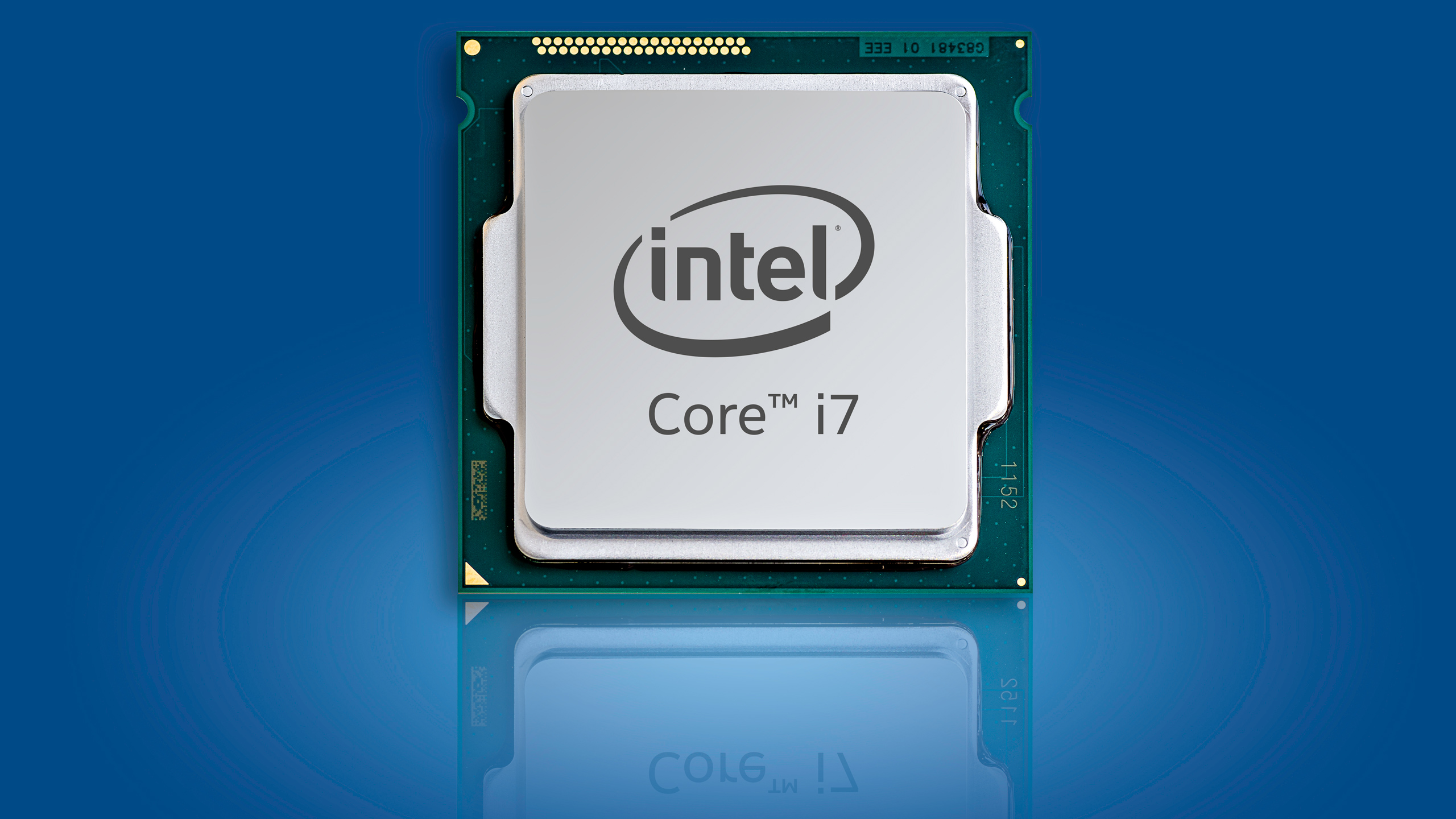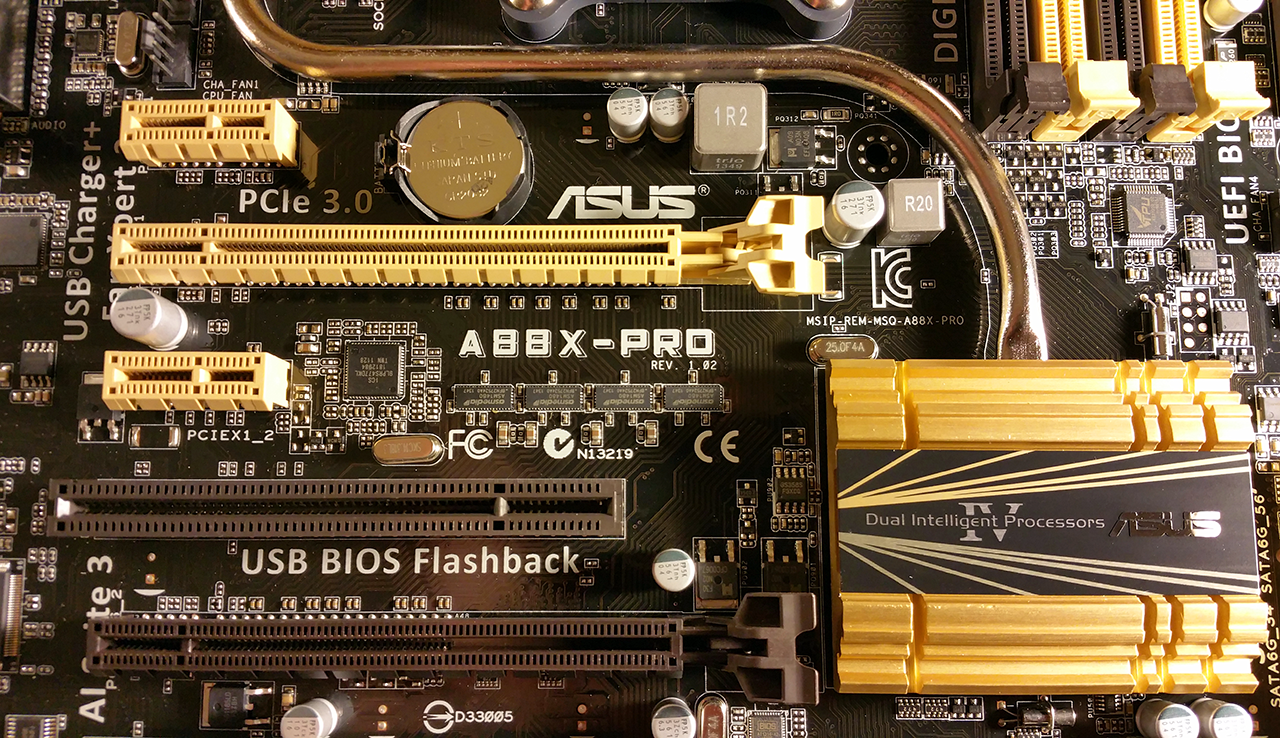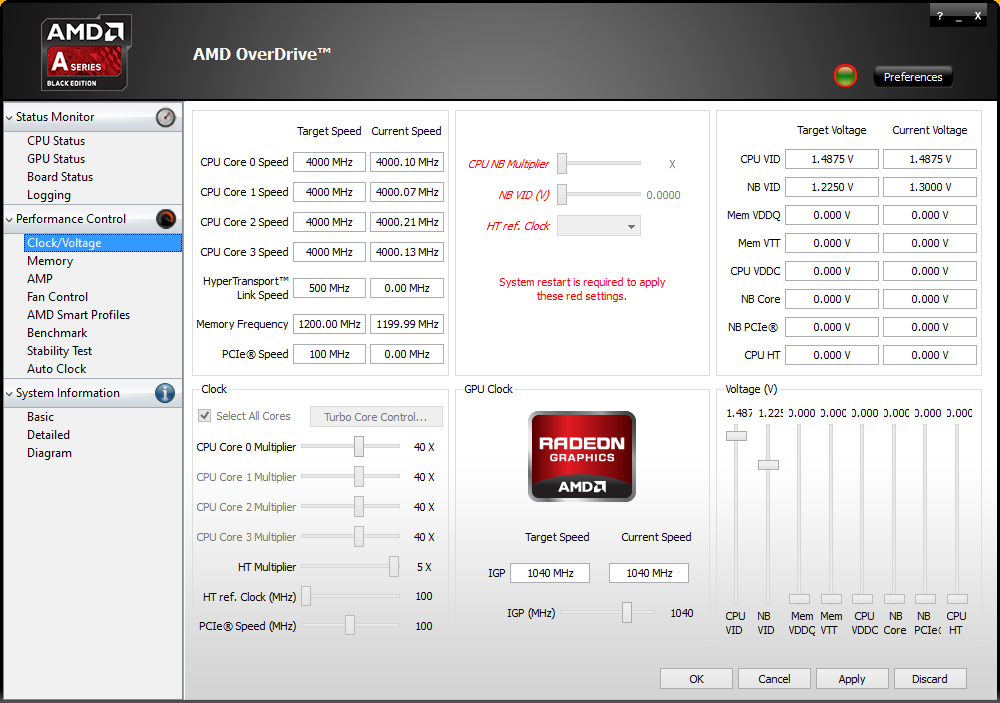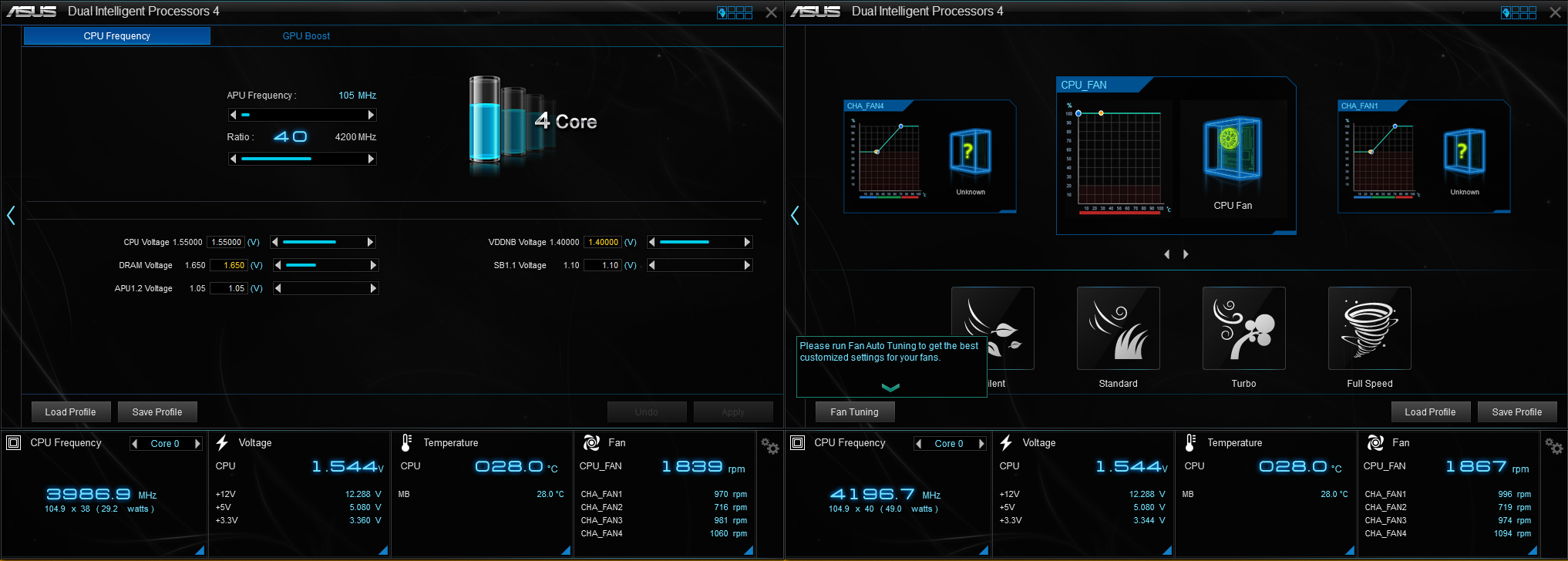How to overclock your AMD processor


Looking for advice on overclocking an Intel CPU? We've got you covered. Here's our Intel overclocking guide.
With AMD’s new Zen architecture delayed until late next year and Carrizo a virtual no-show for desktops, enthusiasts looking for more performance from current AMD systems need to take matters into their own hands. Fortunately, there’s plenty of extra headroom to be found in AMD’s current processor lineup, if you have the tools and know-how to extract it.
The recently released A10-7870K is Kaveri’s refresh and the perfect CPU pick for this guide. Dubbed Godavari by engineers and enthusiasts alike, it’s designed from the ground up for overclocking, with a spec sheet that reads like a greatest hits album from AMD. While we’ll be focusing on the A10-7870K for this guide, these same basic overclocking techniques can be used for most modern AMD CPUs. Only the voltages and iGPU data change per the features of each specific model.
With a high voltage tolerance and improved thermal design, Godavari pushes clockspeeds several hundred MHz higher than Kaveri and responds well to third-party air and water cooling. The name may sound like heaven, but this chip goes like the devil.
Motherboards play an outsized role in AMD overclocking results, far greater than their Intel counterparts. Realizing the full potential of an AMD build requires a high-quality, digital VRM implementation and a flexible BIOS since there are so many clockspeed dials to twist.

This has both upsides and downsides. If you didn’t pull the best chip in the silicon lottery, your motherboard can still compensate and provide an impressive overclock if component quality is up to snuff. Of course if you go cheap, be prepared for that decision to drag you down no matter how good any CPU sample turns out to be. The ASUS A88x Pro used here is the top pick for FM2+ in our motherboard guide and serves as an excellent foundation for any APU-based system.
APU aficionados also have memory speed to keep in mind. An afterthought on most platforms, fast DRAM is critically important for integrated GPUs to flex their muscle. A pair of GSKILL’s easily overclockable TridentX DDR3 sticks rated at 2400 MHz filled this role admirably, providing all the bandwidth Godavari’s IMC (integrated memory controller) could handle during testing. When you add it all up, there’s a whole a lot more than cores to consider when overclocking AMD.
Note: if you're new to PC tweaking in general and there are a whole lot of words and acronyms in here you don't understand, pull up our visual PC parts guide as a reference.
Keep up to date with the most important stories and the best deals, as picked by the PC Gamer team.
Where to start: BIOS, board makers or AMD?
First on that list of considerations is picking the right overclocking tool for the tuning job ahead. BIOS overclocks are generally preferable for stability, but there are exceptions and FM2+ happens to be one of them. Incorrect temperature readings and ignored voltage settings were common complaints with early BIOS implementations on many motherboards and frequently repeat themselves when new APUs are released. Fortunately the situation has improved, but if BIOS overclocking yield poor results, don’t be discouraged. There are alternatives.

AMD’s free Overdrive software distills most overclocking controls into a desktop utility and includes handy benchmark and stability tests alongside the basics for quick feedback during tuning sessions. There are practical advantages as well; Overdrive provides more granular control over iGPU clocks than ASUS’s BIOS normally allows, for example. No need for reboots either, as most changes take effect as soon as they are applied.
The utility also features a reasonably accurate core temperature monitor, one of the few available that reports newer model APU thermals properly. It’s worth installing for this feature alone.

If neither of these options appeal, there’s always the motherboard manufacturer’s own overclocking suite. These packages are hit and miss, but like Overdrive they often provide additional features and produce different results than BIOS tuning, so they may be worth exploring when other methods come up short.
For example, ASUS’s desktop AISuite includes more tuning options than Overdrive and includes the easy-to-use FanExpert software, which can increase overclocking results indirectly by improving heat dissipation.

Time to turn the clocks forward
Overclocking procedures start with the same basics used on Intel platforms. Clear any fan obstructions, vacuum up dust and check to make sure heat sinks are seated properly. Since AMD’s stock thermal modules are barely adequate for normal operations, much less overclocking, you’ll want to go with a $20-30 Coolermaster Hyper212 Evo or similar cooler as a starting point. Don’t begrudge the investment; good cooling solutions are a requirement for any overclocked platform.
If your case supports a side panel fan, consider adding it even if no discrete graphics card is planned. The extra ventilation across the motherboard helps keep VRMs and other components cool.

Godavari prefers temperatures under 72c but most other AMD processors such as the FX line have much lower thresholds for heat, usually around 65c or so. Monitor temperatures carefully as you tune your system and dial back settings if they start going overboard.
Boot into BIOS and save or record any current settings in case you need to return to them later. Most motherboards have an option to save profiles locally, but you can always just take a photo of the screen for a quick and dirty copy.
While you’re here, make sure the latest BIOS version is installed, especially when running new APUs. Most AMD motherboards were released well before Kaveri and its variants came to market, and require BIOS updates to recognize and support these CPUs properly. Once that’s done, it’s time to open the throttle.
On the next page: How to reach a stable CPU and memory overclock.

